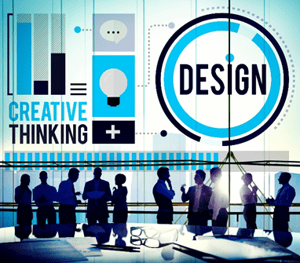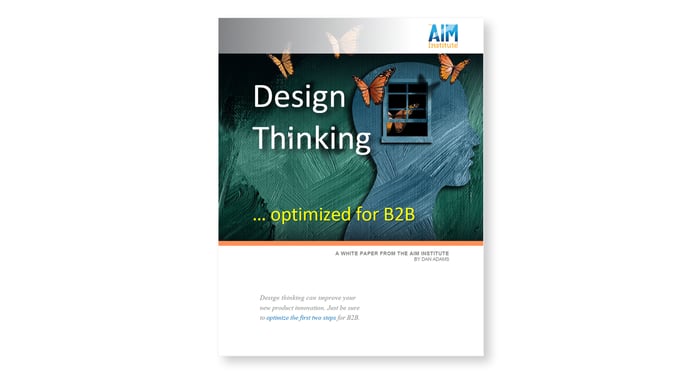- BLUE HELP
- Blueprinting Center & Methodology
- How does Blueprinting fit with Design Thinking?
-
Blueprinting Center & Methodology
- What is New Product Blueprinting?
- How is Blueprinting learned and applied?
- Blueprinting Center
- Blueprinting E-Learning Course
- How can I become Certified in New Product Blueprinting?
- How does Blueprinting fit with a stage-and-gate process?
- How does Blueprinting fit with strategic planning?
- How does Blueprinting fit with Design Thinking?
- How does Blueprinting fit with Lean Startup?
- How does Blueprinting fit with Minesweeper de-risking?
- How does Blueprinting fit with LaunchStar product launch?
- What innovation metrics should we use?
- What is "Jobs-to-be-Done?"
-
Blueprinter® Software
-
Market Segmentation (Step 1)
-
Discovery Interviews (Step 2)
- How to plan Discovery interviews
- Preparing your interview team
- Convincing customers to be interviewed
- How to handle confidential info in an interview
- How to conduct a Discovery interview
- Finding & using a digital projector for interviews
- How to conduct a customer tour
- How to debrief & follow-up a Discovery interview
- Engaging your sales colleagues in interviews
- Engaging distributors in interviews
- Interviewing customers down the value chain
- How to interview remotely with web-conferences
- How to interview at trade shows & other venues
- Interviewing in different global cultures & languages
- How to listen well during customer interviews
- How to probe during customer interviews
- How to gather economic data during interviews
- How to create & use Current State questions
- How to identify Must Haves (MH)
- How to select Top Picks (TP)
- How to use Trigger Maps
- How to form Outcome Statements
-
Preference Interviews (Step 3)
-
Rest of Blueprinting (Steps 4-7)
-
Everyday VOC
-
Minesweeper® De-risking
2. Overview of Design Thinking
Origins and principles of design thinking
While design-as-a-thought-process was first discussed in the late 1960’s, Peter Rowe’s 1987 book, Design Thinking, popularized the term. It described approaches used by urban planners and architects. David Kelley, who founded IDEO in 1991, first applied Design Thinking to business opportunities.
 Also referred to as “User-Centered Design” or “Human-Centered Design,” Design Thinking is solutions-based thinking, as opposed to problems-based thinking. It differs from the more analytical scientific method, which starts by defining the parameters of a problem to be solved. Design thinking begins by creating a picture of a desired future state. John Chris Jones, author of Design Method, put it in terms of timing:
Also referred to as “User-Centered Design” or “Human-Centered Design,” Design Thinking is solutions-based thinking, as opposed to problems-based thinking. It differs from the more analytical scientific method, which starts by defining the parameters of a problem to be solved. Design thinking begins by creating a picture of a desired future state. John Chris Jones, author of Design Method, put it in terms of timing:
Both artists and scientists operate on the physical world as it exists in the present… while mathematicians operate on abstract relationships that are independent of historical time. Designers, on the other hand, are forever bound to treat as real that which exists only in the imagined future and have to specify ways in which the foreseen thing can be made to exist.
Design thinking uses the following phase:
- Empathize with the end users of the anticipated product or service.
- Define the needs of your users, and understand their problems.
- Ideate potential solutions, remembering to challenge assumptions.
- Build prototype so users can provide feedback.
- Test your potential solutions
For more on Design Thinking, check out this AIM Institute white paper, Design Thinking for B2B.
Keywords: design thinking, Peter Rowe, David Kelley, IDEO, user-centered design, human-centered design
